How To Draw Fashion Sketches – Just as you’re flipping through a fashion magazine, admiring the couture designs and wondering how they came to be, wouldn’t it be thrilling to create your own? You’ve got style, flair, an eye for trends – all you need are the tools to turn your vision into reality. Imagine having the power to bring your unique fashion ideas to life on paper.
This guide is here to help you do just that – learn how to draw fashion sketches. We’ll start by understanding proportions in fashion and move onto basic figure drawing techniques. Then we’ll delve into sketching clothing and accessories before dabbling in color and shading techniques. And finally, we’ll help develop your distinctive style and build a captivating portfolio.
So let’s unleash your potential, harness your creativity, and set forth on this exciting journey of sketching fashion like a pro!
Key Takeaways – How To Draw Fashion Sketches
- Understanding fashion proportions and body diversity is important in drawing fashion sketches.
- Observing people and fashion magazines can enhance observational skills in fashion sketching.
- Adding details like facial features, hands, and feet brings life to fashion figures.
- Understanding fabric drapes and folds helps in creating realistic and dynamic clothing designs in fashion sketches.
Understanding Fashion Proportions – How To Draw Fashion Sketches
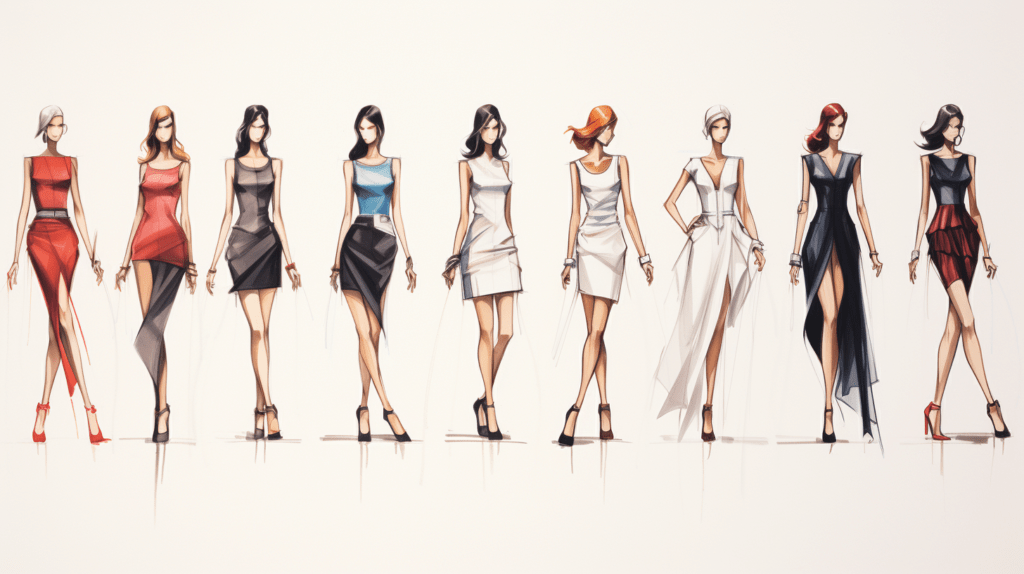
Understanding fashion proportions isn’t just about getting the size right, it’s also about creating harmony and balance in your sketches. It’s an art form that requires a keen eye for detail, as well as an understanding of the human body and its diverse shapes and sizes. This concept stems from exploring body diversity in your designs, acknowledging that not all bodies conform to conventional standards.
When you delve into fashion sketching, you’ll find that there are classic proportions often referenced – these are usually eight or nine heads tall. However, modern proportions have evolved to capture the true essence of today’s society. A comparative study on classic and modern proportions will reveal how much fashion has changed over time; it is no longer limited to a single ‘ideal’ figure but embraces variety and inclusivity.
The use of different proportions helps bring out uniqueness in each design while adhering to current trends. So whether you’re designing haute couture or streetwear, understanding this allows you to create sketches that resonate with diverse audiences. Remember, power lies in knowledge and applying this knowledge strategically.
As essential as it is to understand these principles, practicing them is equally crucial. Start by observing people around you or flipping through fashion magazines – take note of differing body types and their respective clothing styles. This practice will not only enhance your observational skills but also broaden your creative horizons.
So now that we’ve established the importance of understanding fashion proportions – both classical and contemporary – let’s move onto another aspect integral to creating captivating sketches: basic fashion figure drawing. Be ready! The world of style awaits your interpretation!
Basic Fashion Figure Drawing – How To Draw Fashion Sketches

Imagine you’re an architect, and your blueprint is the human body. To design a stunning outfit, you first need to master the art of illustrating the basic figure that’ll wear it – much like laying the foundations before building a skyscraper.
Start by understanding Gesture Dynamics and Body Posture. Fashion isn’t static; it’s fluid and dynamic just like any human being in motion. Your figures should relay this dynamism through their posture and gestures that are alive with movement.
Here’s how:
- Outline: Begin by sketching a simple stick figure to capture the pose’s essence.
- Use an oval for the head, straight lines for limbs, and circles for joints.
- This will help establish your figure’s overall balance while allowing room for adjustments.
- Flesh Out: Gradually build up from your outline.
- Start adding shapes representing muscles or other anatomical features over your initial outline.
- Pay attention to proportions; fashion illustrations usually exaggerate certain aspects such as elongating legs or accentuating shoulders.
- Details: Lastly, add facial features, hands, and feet details.
- Be mindful of how these details can express character or mood.
- For instance, slightly tilted eyebrows may suggest intrigue while pointed shoes can lend an air of sophistication.
Remember not to lose sight of gesture dynamics throughout this process—keep reminding yourself that you’re not merely drawing a mannequin but a vibrant personality who’ll bring life to your design.
Mastering this technique paves the way towards breathing life into fabric itself when sketching clothing on these figures next – transforming mere concepts into captivating illustrations ready to excite consumers’ imagination about potential wardrobe transformations.
Sketching the Clothing – How To Draw Fashion Sketches
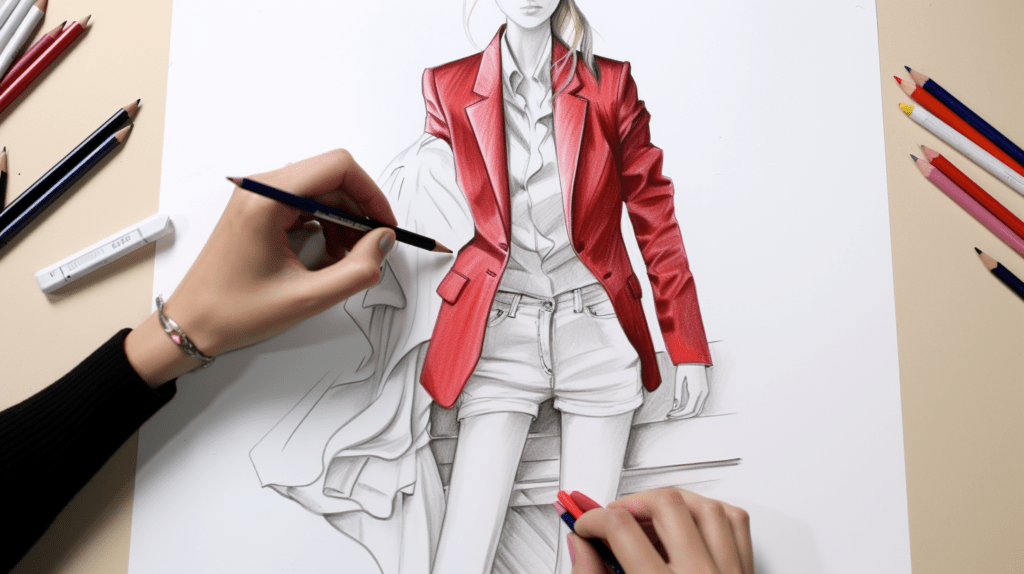
Now that you’ve mastered the basics of fashion figure drawing, it’s time to give your sketches some life by understanding fabric drapes and folds.
It’s essential to understand how different fabrics would drape on a human body as it adds realism and depth to your designs. Adding details and texture to the clothing will not only enhance the overall look of your design but also provide a sense of style and trendiness; after all, it’s those intricate details that make a piece truly unique and fashionable.
Understanding Fabric Drapes and Folds
Mastering the art of fabric drapes and folds can truly bring your fashion sketches to life! By differentiating fabric types, you’ll wield control over the look and feel of your designs.
Silk flows differently than denim, chiffon billows unlike leather – each material has its unique drape and fold. Analyzing real-life drapery helps you understand these differences. Observe how a satin gown cascades down or how a tweed jacket maintains structure, then translate those observations into your sketches.
Give attention to details such as volume, weight, movement, and directionality of the folds; this will provide authentic depth to your drawings.
Now that you’ve mastered fabric drapes and folds, let’s delve into adding exquisite details and captivating textures to your clothing designs!
Adding Details and Texture to the Clothing
Diving into the intricate world of fashion detailing, you’ll soon discover that adding texture and minute elements to your designs can transform a simple garment into a stunning masterpiece. You command the power to convey any feeling through your sketch—be it softness with delicate lines or roughness with more aggressive strokes.
Textile patterns exploration is one crucial aspect; different textiles have distinct textures. Embroidery incorporation brings an added layer of depth, giving your designs an elite appeal.
| Technique | Impact |
|---|---|
| Textile patterns exploration | Adds complexity and realism |
| Embroidery incorporation | Enhances uniqueness |
Harness these techniques and navigate this realm with authority, creating sketches that exude elegance and sophistication. Next, we venture into amplifying your design’s impact by incorporating fashion accessories.
Drawing Fashion Accessories – How To Draw Fashion Sketches
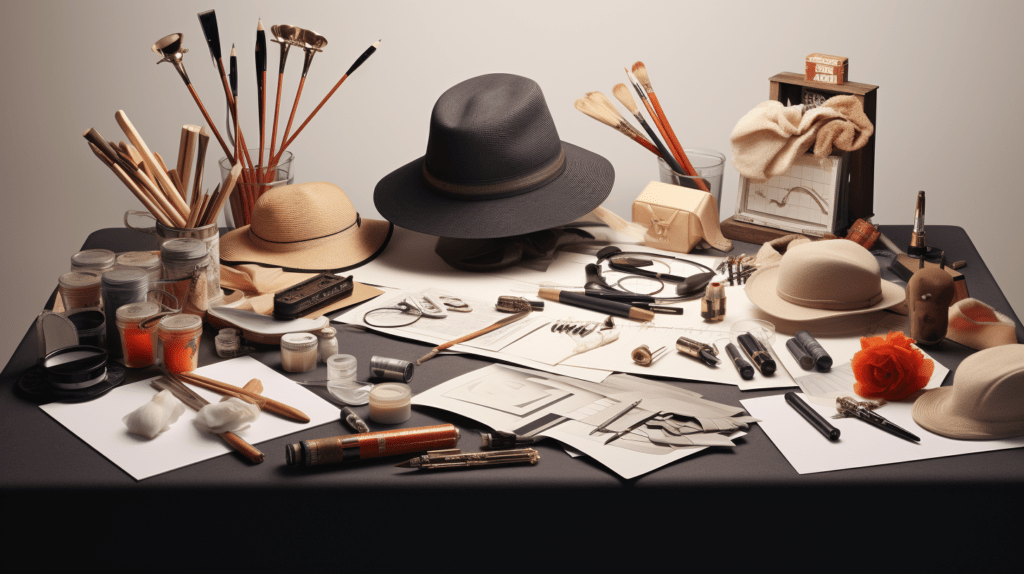
Sketching fashion accessories is like painting the finishing touches on a masterpiece—it’s crucial to transforming your designs from ordinary to extraordinary. Accessories can bring an outfit to life, adding depth and a personal touch that reflects the wearer’s personality.
Accessory inspiration sources are everywhere you look—from vintage boutiques and cultural traditions to high-end fashion runways.
Selecting materials for your accessories is another essential aspect of design. Whether you’re drawing shiny metal jewelry or soft leather handbags, you need to capture their unique texture and shine. The material selection process should be thoughtfully considered as it affects how light interacts with your accessory and ultimately how realistic it appears in your sketch.
Here are some key fashion accessories to focus on:
- Handbags: Handbags come in all shapes and sizes—clutches, cross-bodies, satchels—each with its own charm and style statement. Use different line thicknesses to capture the shape and volume of these essential items.
- Shoes: From stilettos to flats, each shoe style brings a unique character to an outfit. Pay attention to details like heel height, toe shape, and decoration details that make each shoe distinct.
- Jewelry: Earrings, necklaces, or bracelets can add a touch of glamour or sophistication depending on their design. Capturing their sparkle requires careful shading techniques.
Remember, each stroke of your pencil adds dimensionality and personality to your sketches. It’s these nuances that distinguish one designer from another.
Now that you’ve added those key details with precision and creativity, let’s breathe more life into them by introducing color—a powerful tool in conveying emotion, setting the mood, and highlighting important elements in your design sketches.
Adding Color and Shading – How To Draw Fashion Sketches
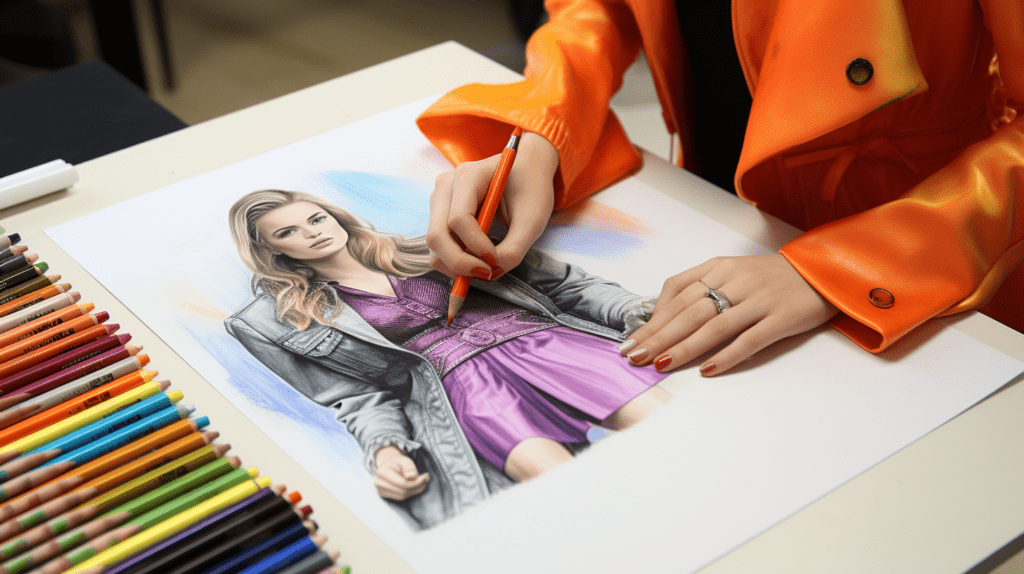
Breathing life into your designs doesn’t stop at just sketching; it’s time to add a splash of color and depth through shading, as they’re integral in achieving that compelling realism. Color theory in fashion is not about choosing random hues but selecting tones that resonate with the overall aesthetic of your design.
Think about the color wheel and how complementary or analogous colors can work together to create harmony or contrast within your fashion sketches. Your knowledge of current fashion trends will guide you in this selection process, infusing vibrancy and relevance into your creations.
Mastering shading techniques is another crucial aspect that adds dimension to your sketches. It’s not merely about darkening certain areas, but understanding how light interacts with different materials. Silks may reflect light differently than knits or leathers, which creates varying degrees of brightness and shadow on these textures.
Experiment with different types of pencils or markers for shading; some prefer softer leads while others find harder ones provide more control. As you start implementing these elements into your sketches, remember consistency is key. The same level of thoughtfulness given to capturing the latest trends should be applied when adding colors and shades; it all contributes to creating an impactful visual narrative in your designs.
Now that you’ve mastered the artistry behind adding color and shading, it’s time for you to develop a unique touch that makes every sketch unmistakably yours – a distinctive style that speaks volumes about your creative prowess even before any fabric has been cut or stitch sewn.
This involves delving deeper into personal aesthetics and translating them visually onto paper – an exciting journey we’ll embark on next!
Developing Your Own Style – How To Draw Fashion Sketches
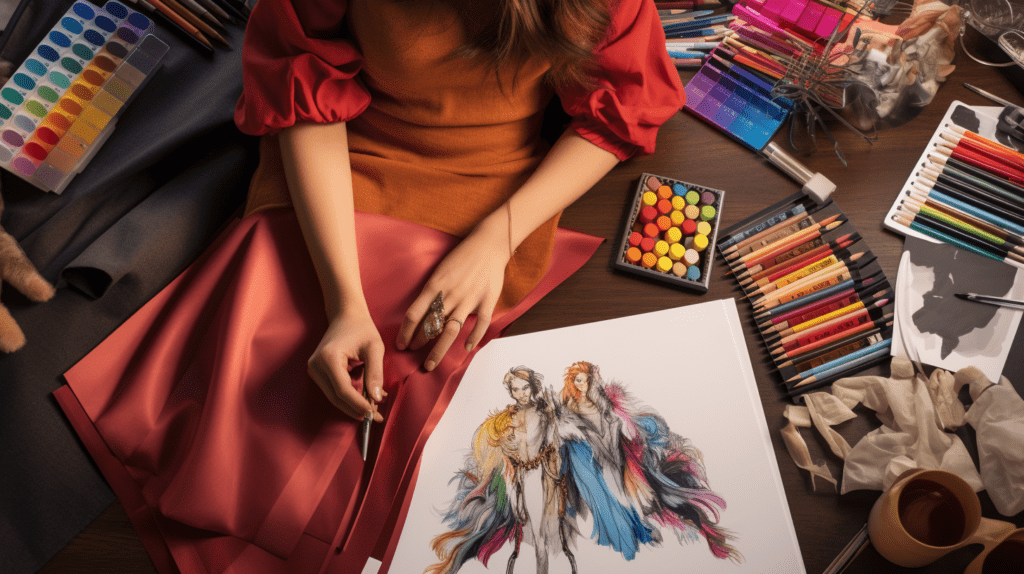
In your journey to becoming a fashion illustrator, developing your own signature style is crucial for standing out in the industry. Don’t be afraid to experiment with different techniques, whether it’s playing with lines, textures or incorporating unusual colors.
Remember, it’s through this innovative experimentation that your unique flair and style traits will emerge, setting you apart in the world of fashion sketching.
Signature Style Traits
Just like Picasso had his Blue Period, you’ll also develop signature style traits in your fashion sketches over time. This Style Evolution is a vital part of establishing your creative identity and setting yourself apart in the high-powered world of fashion.
Consider these Iconic fashion traits to incorporate into your work:
- Bold Color usage that demands attention
- Unconventional lines that communicate innovation
- Unique patterns demonstrating audacity in design
- Material textures radiating luxury
These distinctive elements can become the backbone of your signature style. They are what will make your designs recognisable at a glance, an essential component to gaining power and influence in the industry.
After this, you’re ready for another thrilling phase: experimenting with different techniques without limiting yourself to established norms or trends.
Experimenting with Different Techniques
Dare to shake things up by trying out various techniques in your designs, never confining yourself within the boundaries of conventional rules and trends. Your power lies in your uniqueness, so embrace it.
Start exploring mediums like watercolors or charcoal that can add depth and texture to your sketches. Think outside the box by incorporating unconventional tools into your process as well. A splash of ink here, a brush stroke there – each addition imbues a layer of personality and style into your work. Remember, fashion is an art form that thrives on innovation and boldness.
The more you experiment with different methods, the more versatile and dynamic your fashion sketches will become. This versatility will be invaluable as you start curating pieces for a compelling fashion sketch portfolio.
Building a Fashion Sketch Portfolio – How To Draw Fashion Sketches
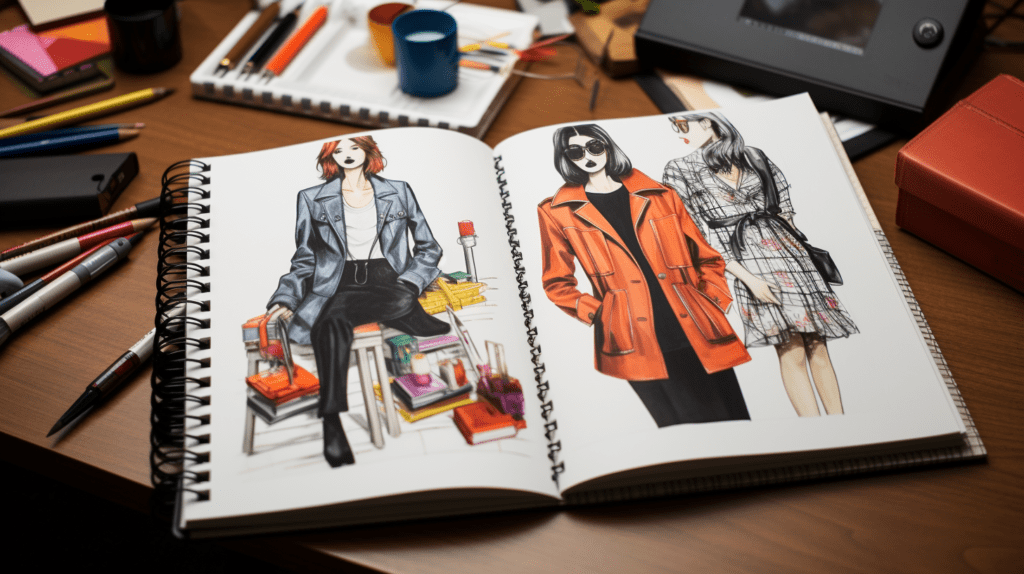
As you embark on your journey in the fashion world, it’s crucial to curate a strong portfolio that showcases your unique style and understanding of trends. Selecting your best work isn’t just about showing off top-notch sketches; it’s about demonstrating a clear vision, creativity, and technical skills.
When presenting your sketches professionally, remember that even the smallest details matter – from the quality of paper used to the organization of each piece – everything contributes to how you’re perceived by potential clients or employers.
Selecting Your Best Work
Choosing your finest fashion sketches can be a challenging task, but it’s crucial for showcasing your creativity and skill. It’s not just about the most colorful or intricate designs; you need a keen eye for detail, an understanding of industry trends, and ruthlessness in sketch critique.
Look for sketches that demonstrate unique design concepts.
Consider pieces that reflect current or upcoming fashion trends.
Prioritize those with meticulous details showing your technical expertise.
Opt for an assortment of styles to show versatility.
Arrange these selections thoughtfully to maintain portfolio organization. The right structure can emphasize your strengths and make each piece more impactful.
Now that you’ve chosen and organized your best work, it’s time to make sure they’re presented in a manner as stylish as the designs they hold.
Presenting Your Sketches Professionally
Having scrutinized your sketches carefully and picked out the best, you’re now ready to take a bold step forward. It’s time to showcase your work in the most impressive light possible – through professional presentation.
Displaying your fashion sketches is not just about piling them up; it requires strategic planning and precise execution. Incorporate sketch framing tips to give each artwork its deserved spotlight. Choose frames that highlight the unique elements of your designs without overpowering them.
Presentation tools are also key, so don’t shy away from digital platforms or physical portfolios that can make your work stand out. Remember, the intention here is power portrayal – let every sketch scream confidence and trend-aware creativity.
Your sketches aren’t mere drawings; they’re a powerful expression of tomorrow’s fashion trends!
Frequently Asked Questions
What are the essential tools needed for fashion sketching?
Like Da Vinci mastering the strokes of the Mona Lisa, you too will need some essentials to perfect your fashion illustration basics.
The first step in this power play is understanding sketching techniques and the tools at hand.
Your arsenal should include pencils of varying hardness, high-quality erasers, fine liners for detailing, a sketchbook with good paper quality, and markers or watercolors for rendering color and texture.
Remember, every fashion titan started with a blank page and the right tools; it’s your time now.
How can I improve my speed in drawing fashion sketches?
To enhance your speed in fashion sketching, there are a few key techniques you can master. Start with quick, loose strokes to capture the essence of your design. Practice regularly. As you grow more confident and efficient, your time management will naturally improve.
Stay updated on fashion trends to fuel inspiration and swift execution. With power comes responsibility, so hold your creative control firmly. But don’t rush artistry for speed’s sake. Remember, even the quickest sketches can evoke elegance when done with skill and conviction.
Are there any online platforms or communities where I can share my fashion sketches and get feedback?
Absolutely! Engage in Sketching Challenges on platforms like Instagram or Behance. These communities are brimming with artists who share your passion for fashion. Not only can you showcase your designs, but also gain valuable feedback for improvement.
Additionally, consider joining online forums like the Fashion Illustration Tribe or The Fashion Drawing Group on Facebook. Soaking up insights from other creatives and staying updated with trends will powerfully enhance your sketching prowess.
How can I stay updated with the latest trends and styles in fashion for my sketches?
Imagine you’re a fashion-forward oracle, predicting the future in chic. You can keep your finger on the pulse of style through Trend Forecasting agencies and Fashion Magazines.
They are your crystal balls into upcoming trends, allowing you to infuse your sketches with fresh ideas. Stay plugged into runway shows, designer collections and street styles too.
Their whispers of vogue will be your commandments, ensuring your art stays ahead of its time and powerfully resonates with the fashion crowd.
What are some career opportunities for individuals skilled in fashion sketching?
With your skills in fashion sketching, there’s a world of opportunity waiting for you. You can leverage your sketching education to become a fashion designer or illustrator. You can also develop creative concepts for brands or even teach others your craft. Freelance opportunities also abound, letting you collaborate with numerous clients from around the globe. Stay ahead and informed about the latest fashion trends to maintain demand for your talent. So go ahead, take the reins and shape your career path in this exciting field!
Conclusion
In the end, practice makes perfect. Keep sketching and experimenting with different styles and accessories. Don’t be afraid to push the envelope when it comes to fashion trends. Add splashes of color and shading to bring your creations to life.
Before you know it, you’ll have a killer portfolio that showcases your unique style and eye for fashion detail. So, keep those pencils moving! Read more on How To Draw Fashion Sketches.
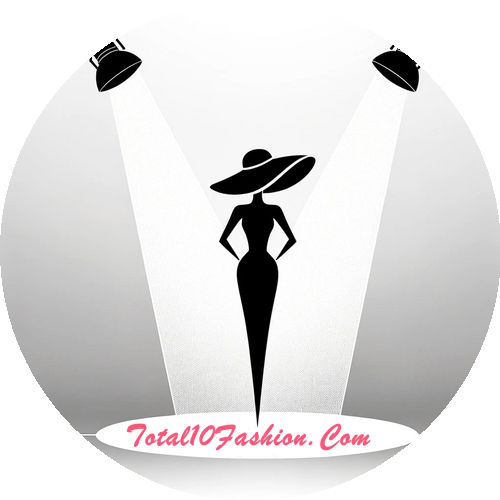
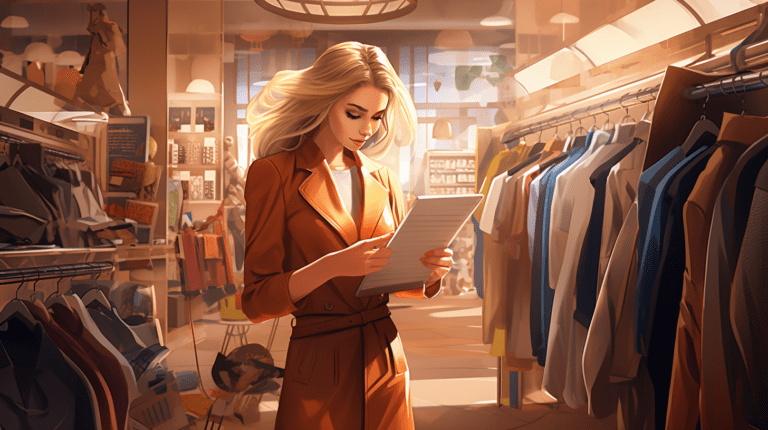
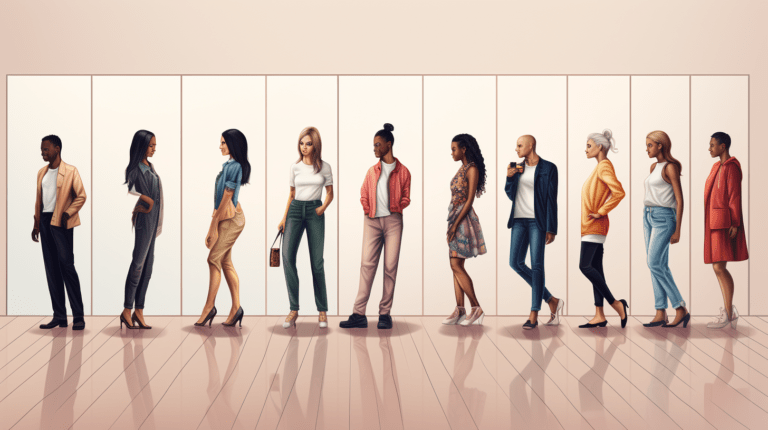
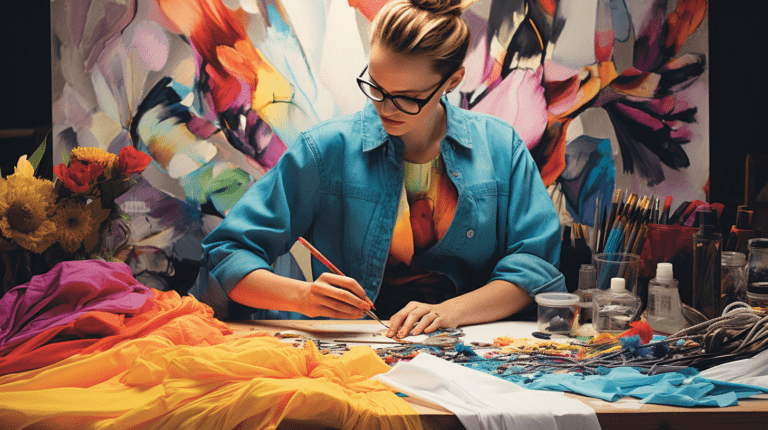
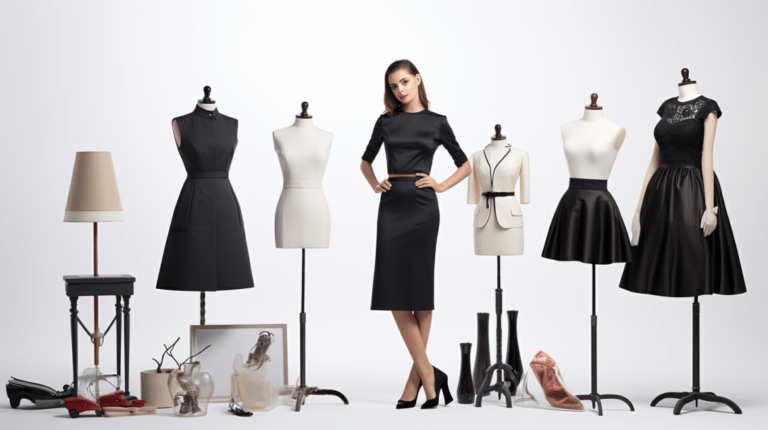
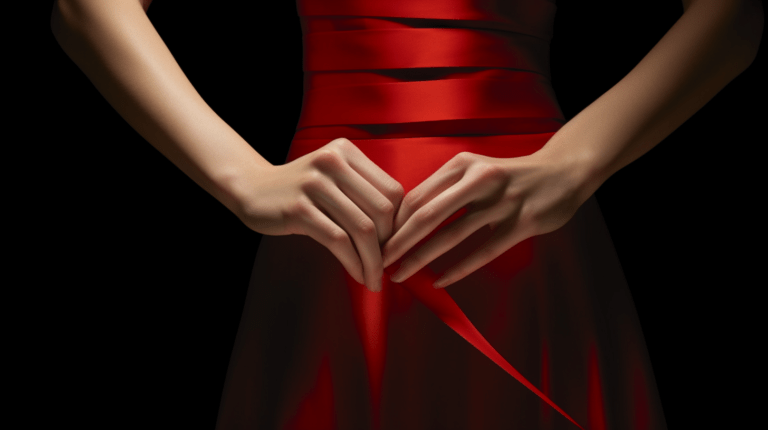
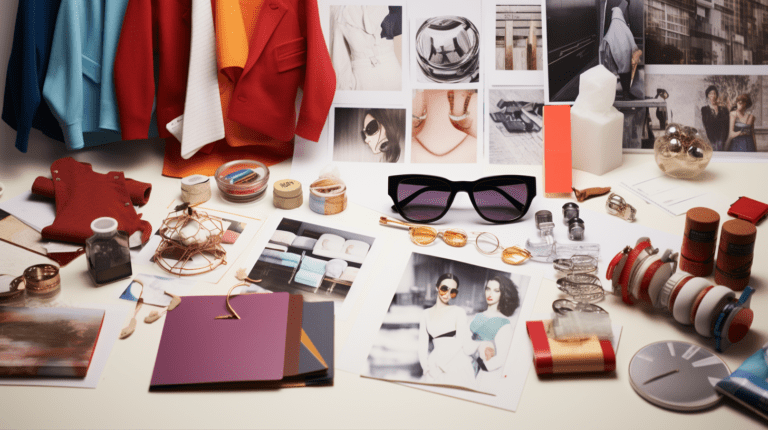
That was such an inspiring read. I love this site. Will be visiting often to see what’s new. Thank you for the inspiration.
You’re most welcome.